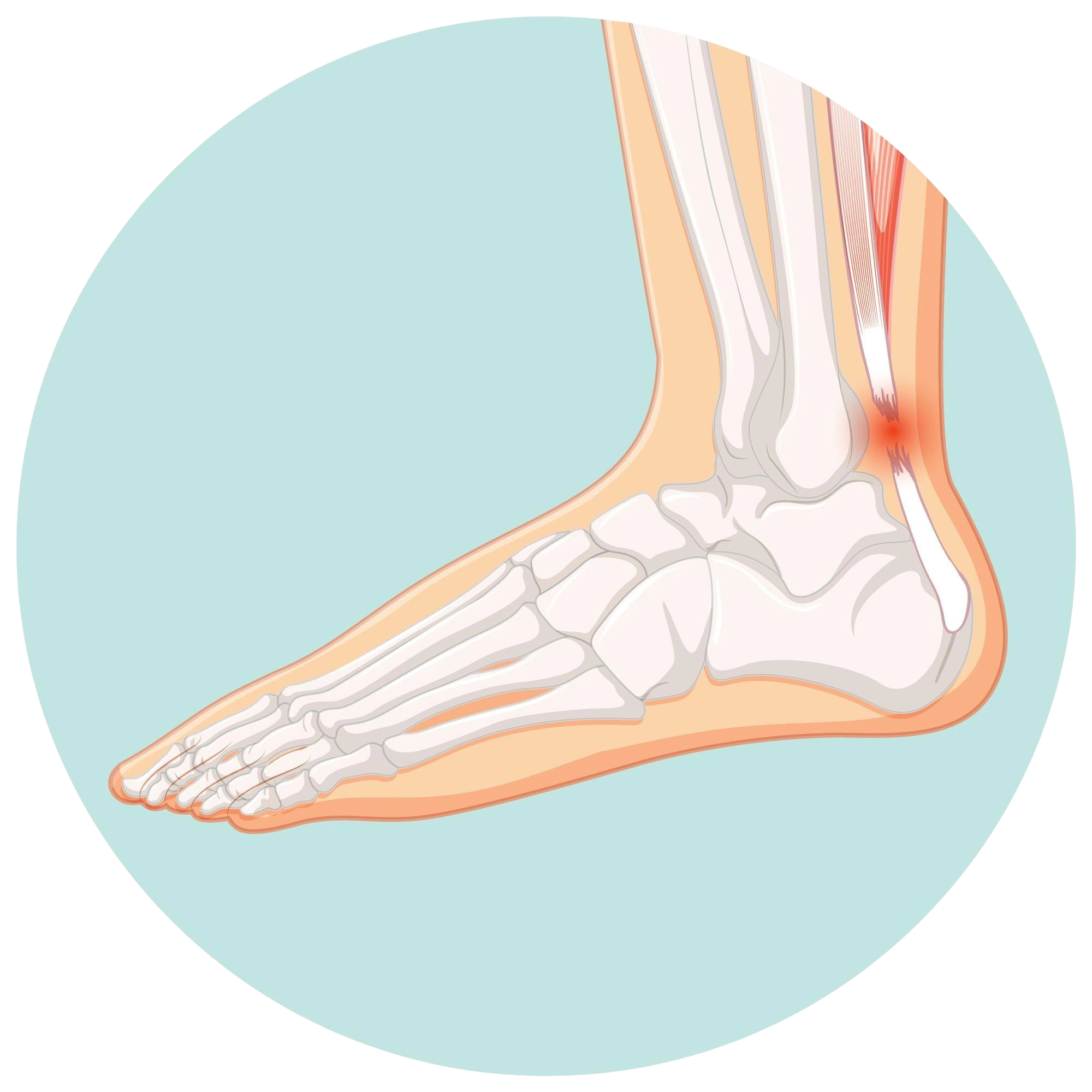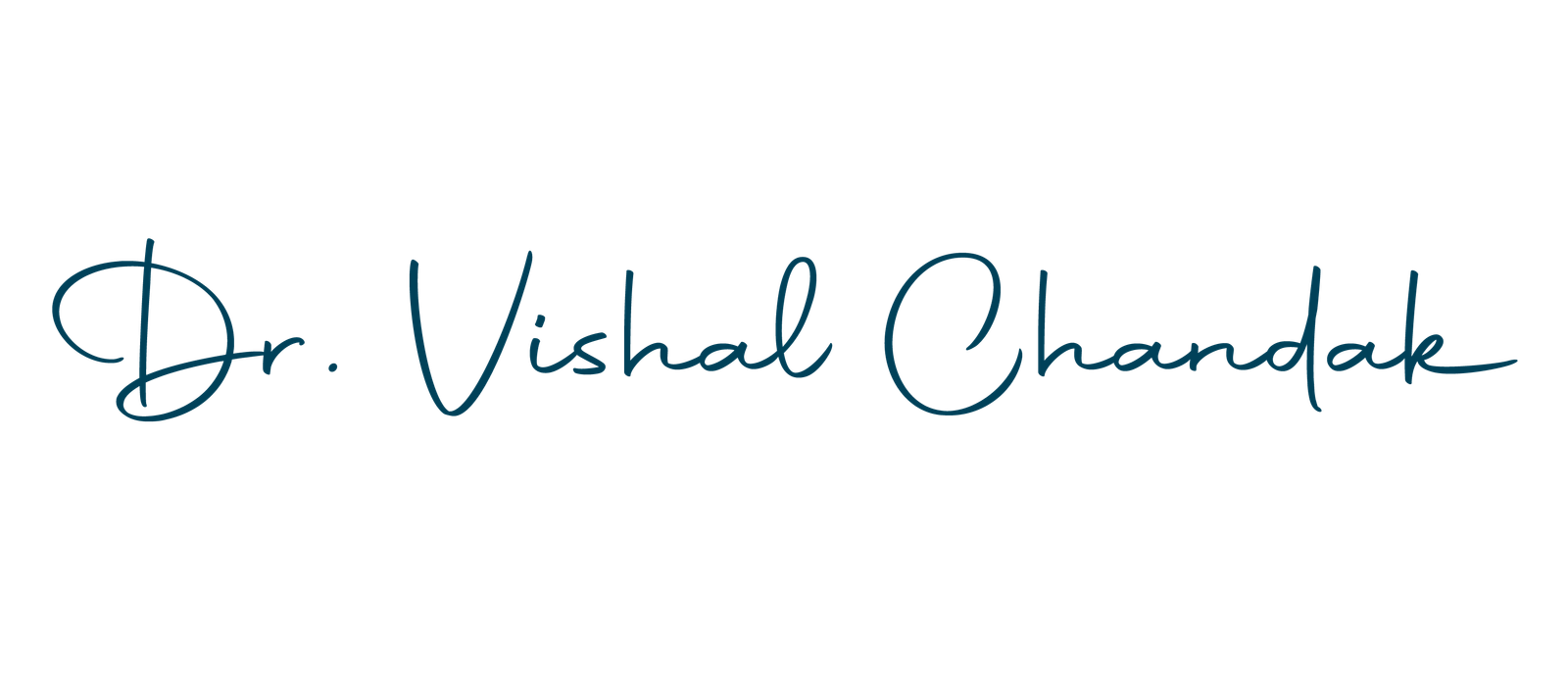When a baby is born, parents look forward to the tiny fingers and toes, first steps, and joyful milestones. But sometimes, a visible difference in a baby’s foot shape or positioning can raise concerns. One such condition is Clubfoot, medically known as Congenital Talipes Equinovarus (CTEV). Though it may sound alarming, early diagnosis and timely treatment can lead to complete correction, allowing the child to walk and grow normally.
What is Clubfoot?
Clubfoot is a congenital condition in which one or both feet are twisted out of shape or position. The foot typically turns inward and downward, and in some cases, the calf muscle may appear smaller. This happens due to shortened tendons and imbalanced muscles in the foot and leg.
Clubfoot is not painful at birth, but if left untreated, it can severely impact a child’s ability to walk, run, and live an active life. It affects approximately 1 in 1,000 newborns and is more common in boys. In 50% of cases, both feet are affected.

What Causes Clubfoot?
The exact cause of clubfoot is not always clear. It may be due to genetic factors, abnormalities during fetal development, or in rare cases, associated with neuromuscular disorders like spina bifida or cerebral palsy. While clubfoot can run in families, it may also occur in babies with no family history of the condition.
How is Clubfoot Diagnosed?
Most cases are diagnosed soon after birth through physical examination. In some instances, clubfoot is detected during a routine prenatal ultrasound. At Dr. Vishal Chandak’s Pediatric Orthopedic Clinic, we perform a detailed assessment to understand the severity and type — which could be flexible or rigid — to decide the best course of action.
Why is Early Treatment Important?
The earlier the treatment begins, the better the results.
The bones of a newborn are soft and malleable, making it easier to correct the deformity. Starting treatment within the first few weeks of life offers the highest success rate with minimal interventions.

The Gold Standard: Ponseti Method
Dr. Vishal Chandak uses the Ponseti method, the globally accepted and gold-standard treatment for clubfoot. It involves:
- Serial Casting: Gentle manipulation and application of plaster casts every 5–7 days to gradually correct foot alignment. This phase usually lasts 6–8 weeks.
- Tenotomy (If Required): A minor outpatient procedure to release the tight Achilles tendon, done under local or general anesthesia.
- Bracing: After correction, the child wears a special foot abduction brace to maintain the position and prevent relapse. Initially worn full-time, it’s gradually reduced as the child grows.
This method is highly effective and avoids major surgery in more than 90% of cases.
Life After Clubfoot Correction
With proper treatment and follow-up, children with corrected clubfoot can walk, run, and lead completely normal lives. They may have a slightly smaller foot or calf muscle, but this rarely limits their activity. In fact, many athletes, including Olympic gold medalists, were born with clubfoot.
The Role of Parents
Parental involvement is utmost important. Regular follow-ups, proper bracing compliance, and open communication with your orthopedic specialist play a major role in the success of treatment. At our clinic, we ensure that every parent is fully informed, guided, and supported at every stage of the journey.
Final Thoughts
Clubfoot is not a disability — it is a treatable condition, especially when addressed early in expert hands. At Dr. Vishal Chandak’s Pediatric Orthopedic Centre, we combine clinical expertise with compassionate care, offering families hope and children a healthy future.
If your child has been diagnosed with clubfoot or if you have concerns about your newborn’s foot shape, don’t wait. Reach out to a pediatric orthopedic specialist today. Early steps make strong futures.
